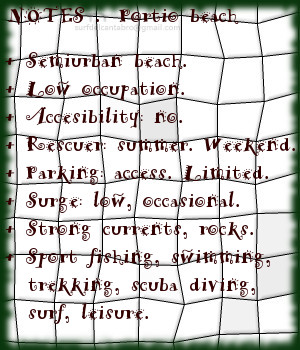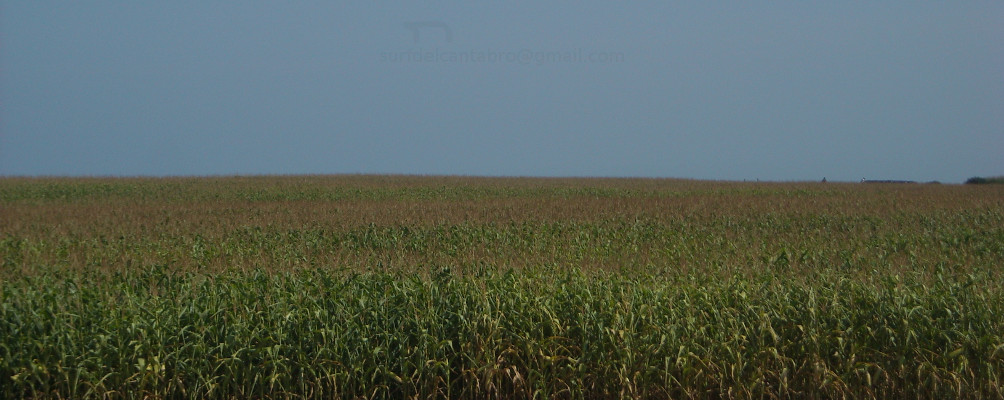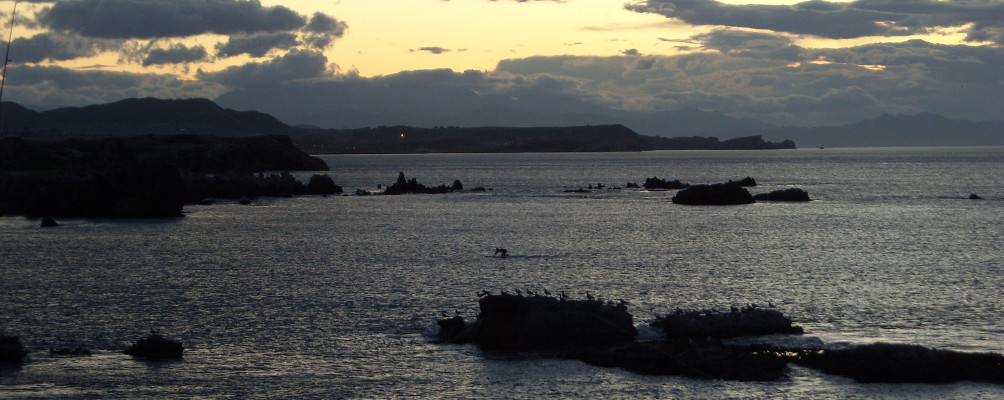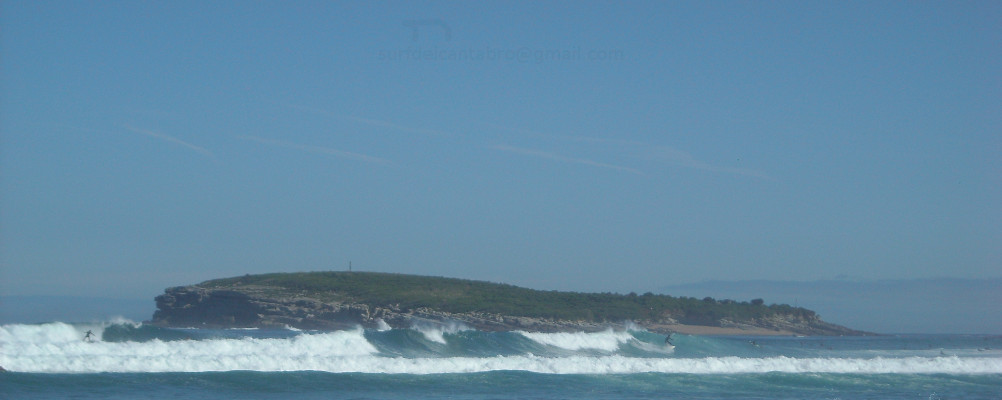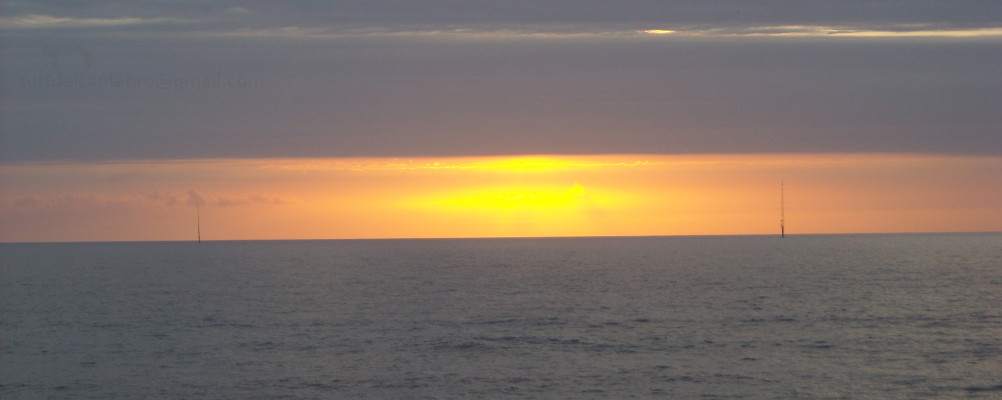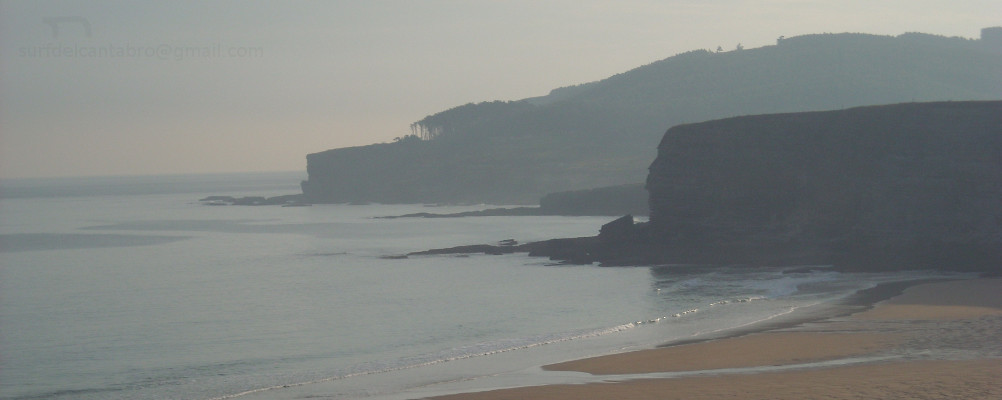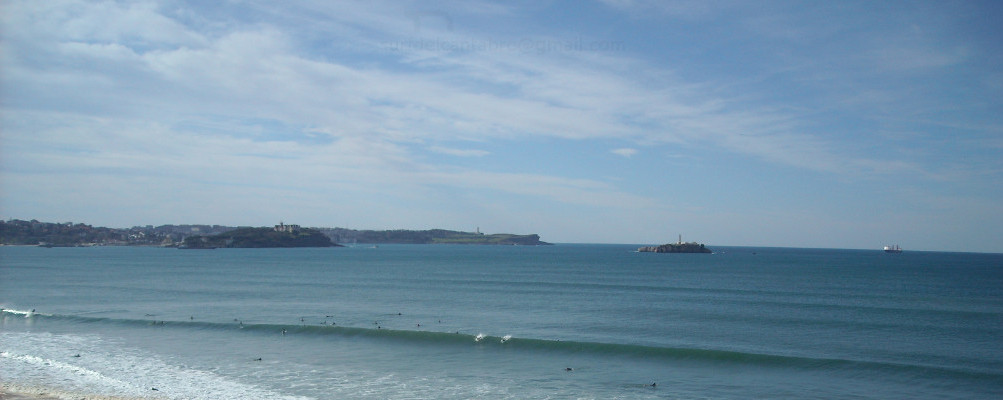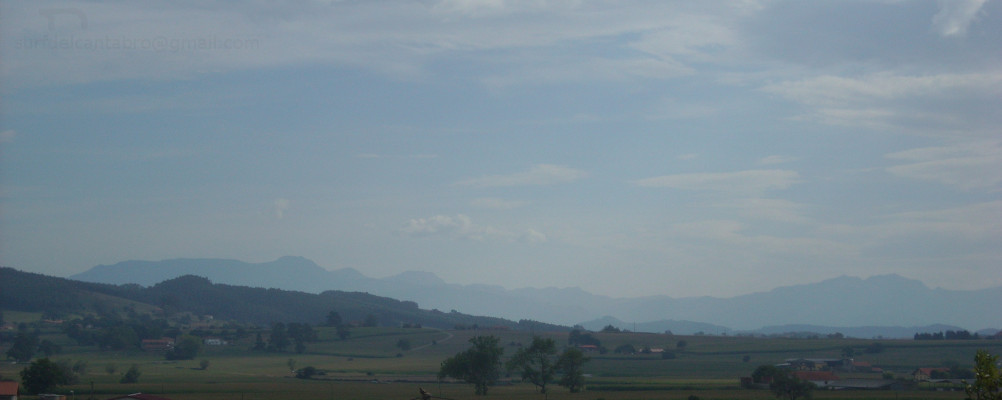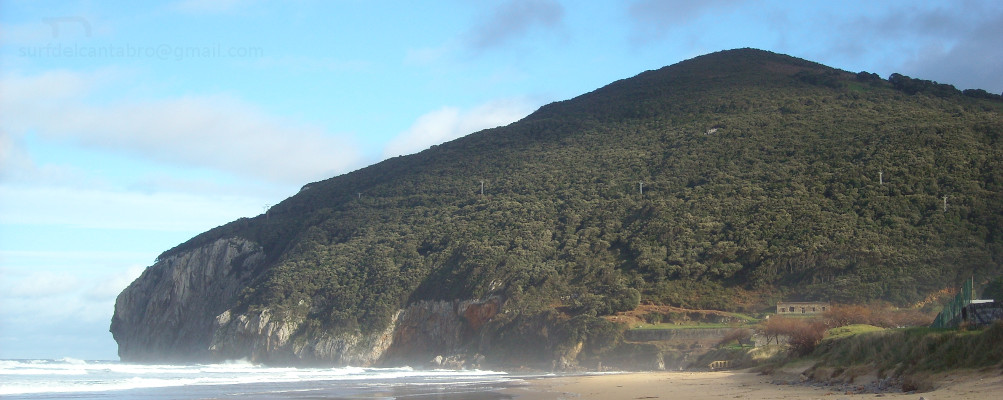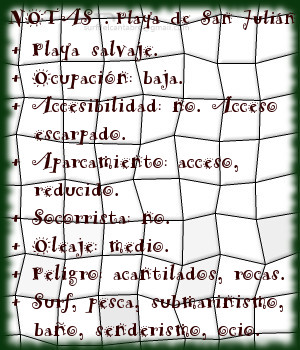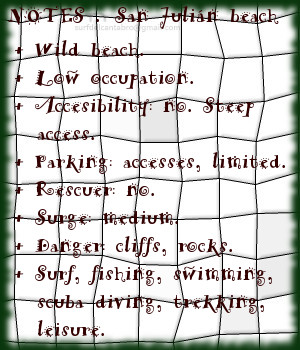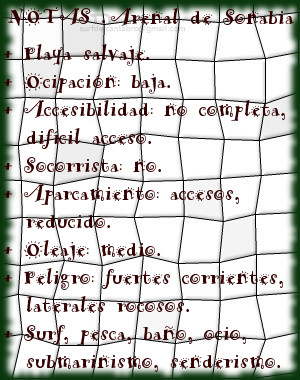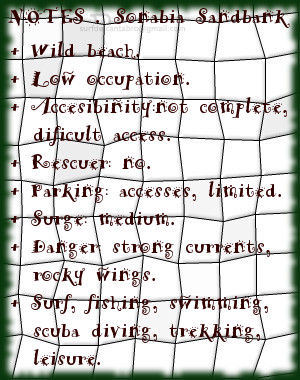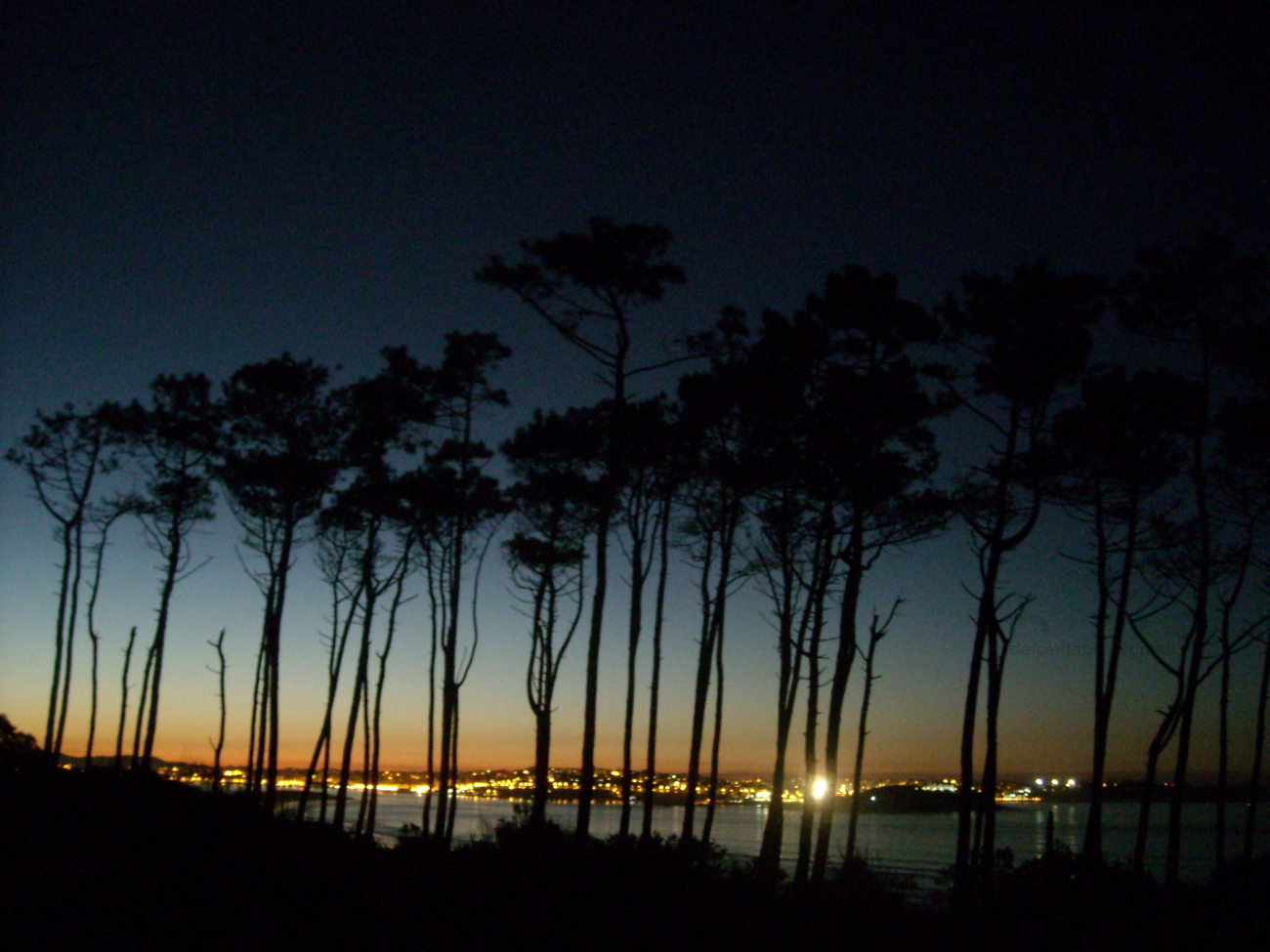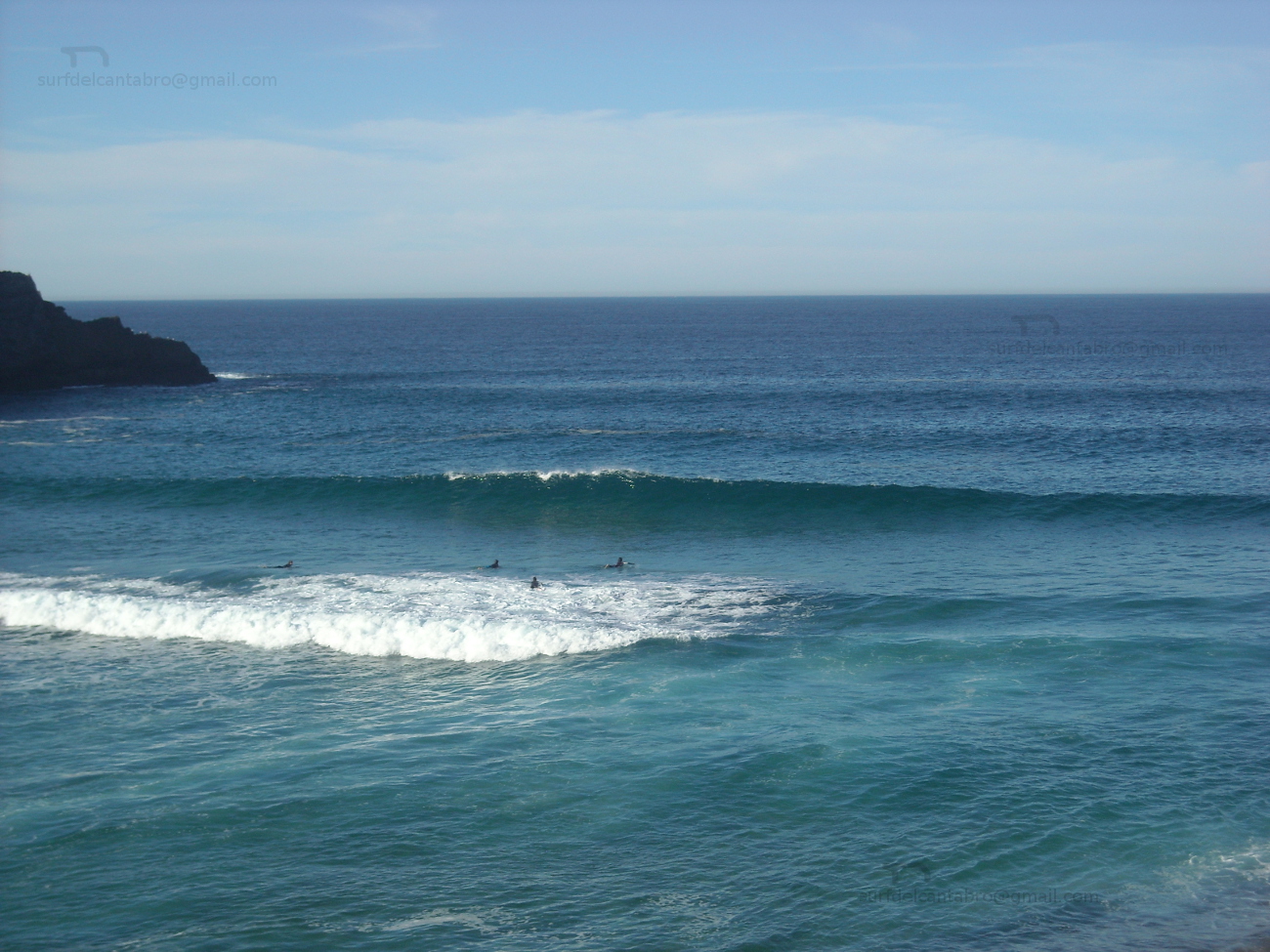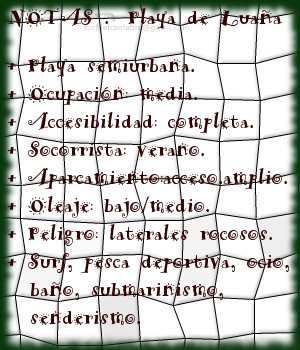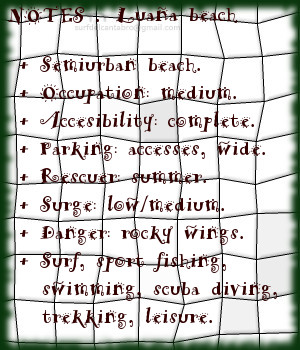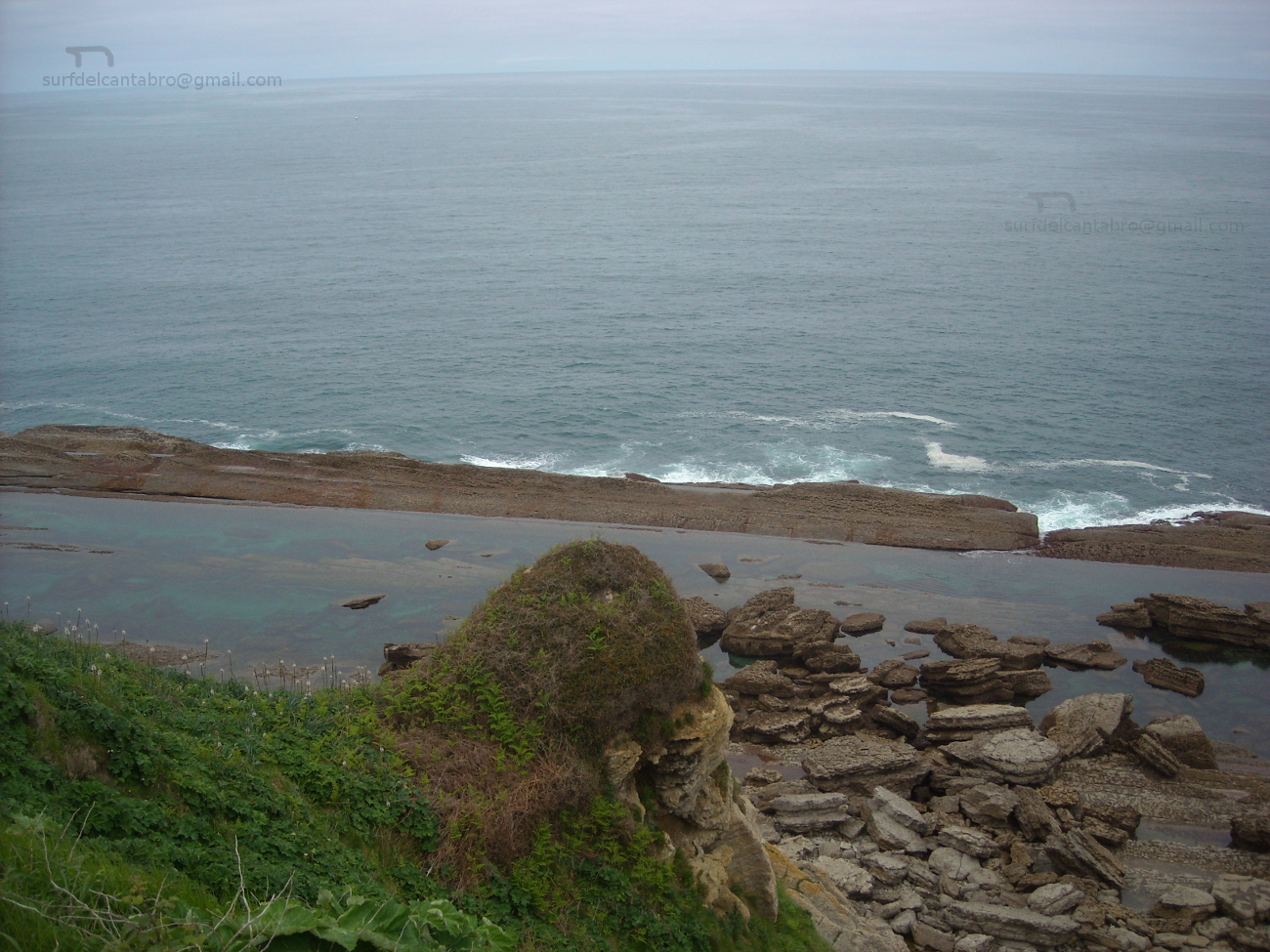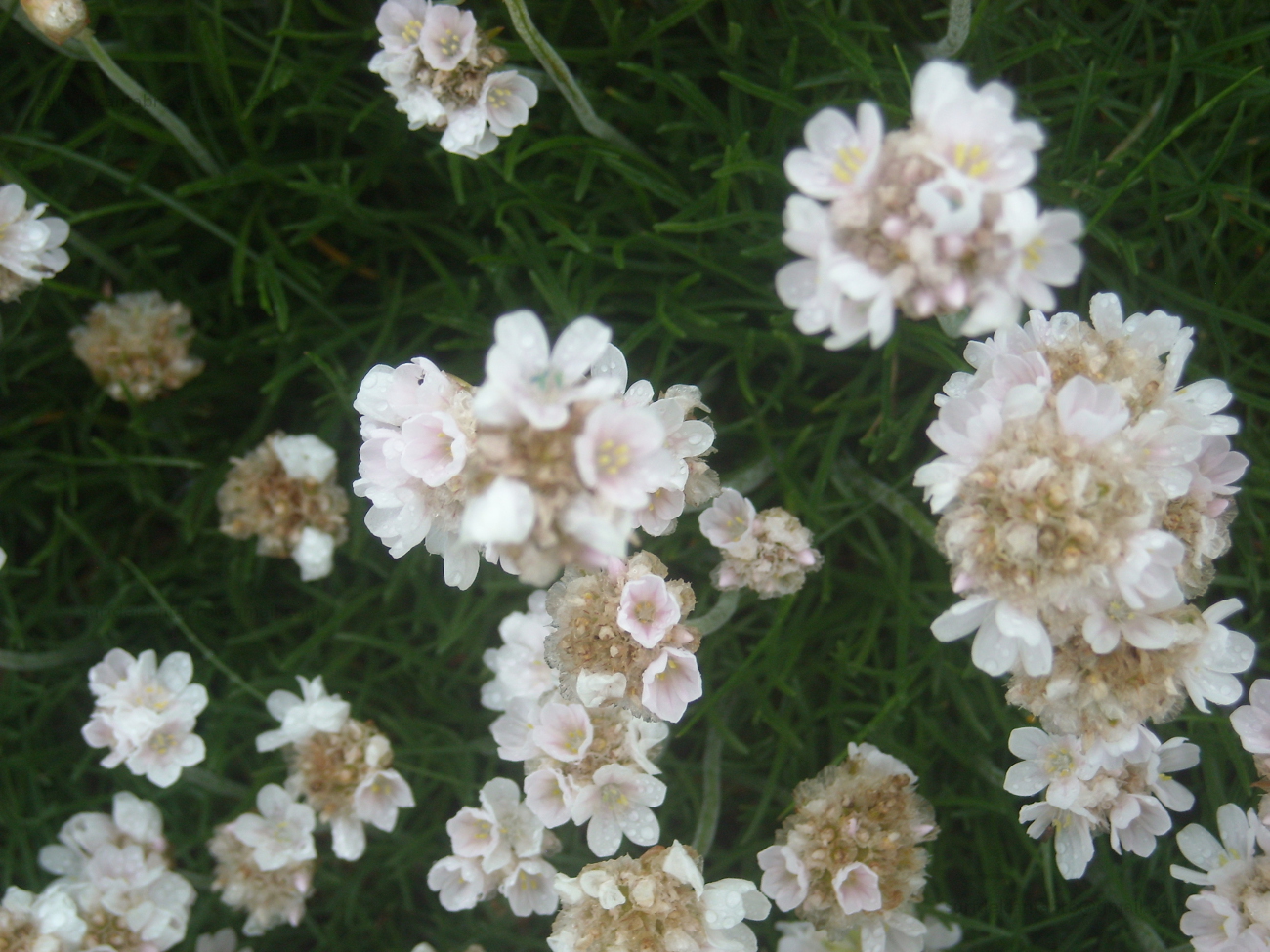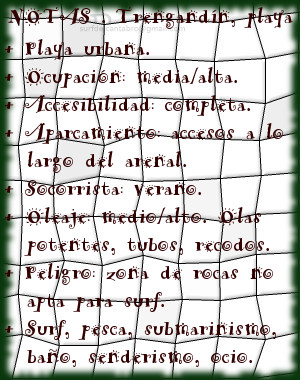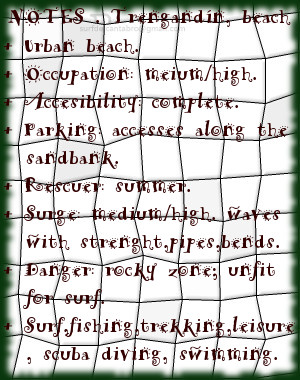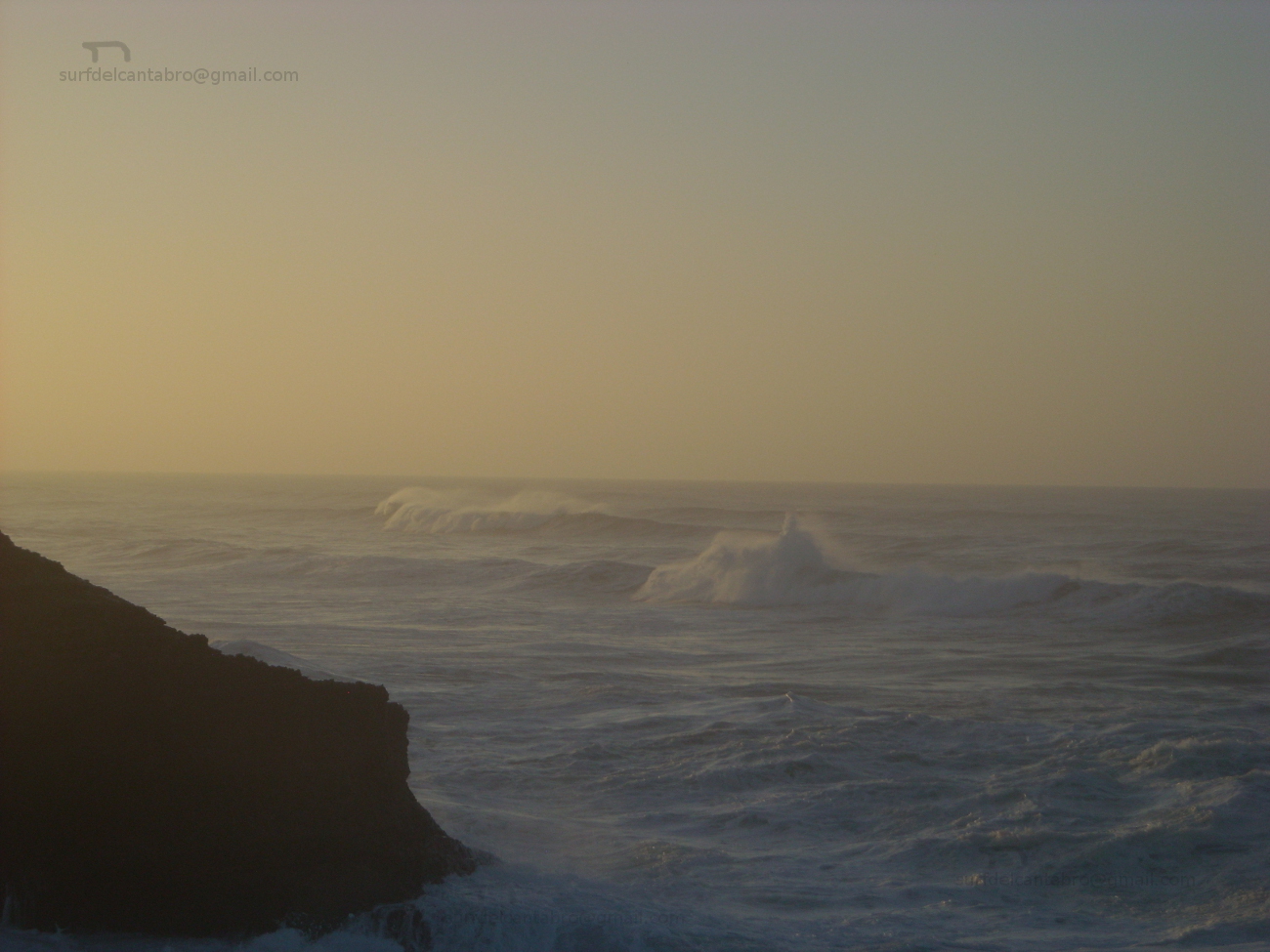Portio, playa
![]() La playa de Portio se encuentra en la localidad de Liencres, perteneciente al municipio de Piélagos, en la costa central de Cantabria. Es una pequeña playa, de 150 metros de longitud y 40 metros de anchura media, a modo de cala y situada dentro de una ensenada formada por la erosión del mar en esta parte de la costa.
La playa de Portio se encuentra en la localidad de Liencres, perteneciente al municipio de Piélagos, en la costa central de Cantabria. Es una pequeña playa, de 150 metros de longitud y 40 metros de anchura media, a modo de cala y situada dentro de una ensenada formada por la erosión del mar en esta parte de la costa.
La ensenada que comparte Portio con otras playas, a pesar de tener un entorno urbanizado, dispone de gran riqueza paisajística, geológica y marina. Protegida por grandes rocas dispuestas verticalmente, rodeada por acantilados y con fondos esculpidos sobre pliegues de rocas erosionados, conserva su estado natural y salvaje. La disposición de la playa en mar abierto hace que reciba las corrientes marinas de la zona. Los de urros que se encuentran a la entrada de la ensenada cercenan el oleaje cuya dirección choca contra las rocas resultando sus olas de tamaño medio, bajo y de carácter ocasional.
La practica de surf en Portio se reserva a una experiencia puntual cuando las olas traigan buenas condiciones y el estado del mar lo permita. Otras actividades como la pesca y el buceo encuentran en la playa de Portio un marco incomparable. Su oferta geológica y el trasiego que el mar hace en la zona, favorecen la diversidad de especies marinas. Los rincones que aparecen a cada paso irán redibujando la playa, consumiendo nuestro tiempo a través de su historia.
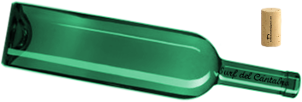
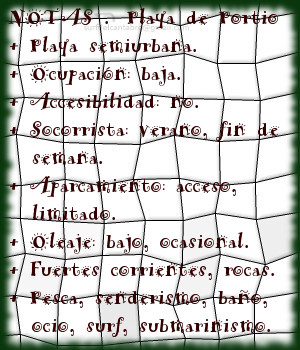
Portio, beach
![]() The beach of Portio is in the locality of Liencres, belonging to the municipality of Piélagos, on the central coast of Cantabria. It is an small beach, with 150 meters of length and 40 meters of average width, like a cove and placed inside an inlet formed by the erosion of the Sea in this part of the coast.
The beach of Portio is in the locality of Liencres, belonging to the municipality of Piélagos, on the central coast of Cantabria. It is an small beach, with 150 meters of length and 40 meters of average width, like a cove and placed inside an inlet formed by the erosion of the Sea in this part of the coast.
The inlet that Portio shares with other beaches, in spite of having an urbanized environment, has great landscape, variety geological and marine . Protected by big rocks arranged vertically, surrounded by cliffs, and sculpted seabed on rock folds eroded, preserves its natural and wild condition.
The practice of surf in Portio is reserved to a punctual experience when the waves may have have good conditions and the features of the sea allows it. Other activities like fishing and scuba diving find in Portio’s beach an incomparable frame. Its geological offer and the decanting that the sea does in the zone, favor the diversity of marine species. The nooks that appear in every step will re-drawing the beach, consuming our time across its history.

